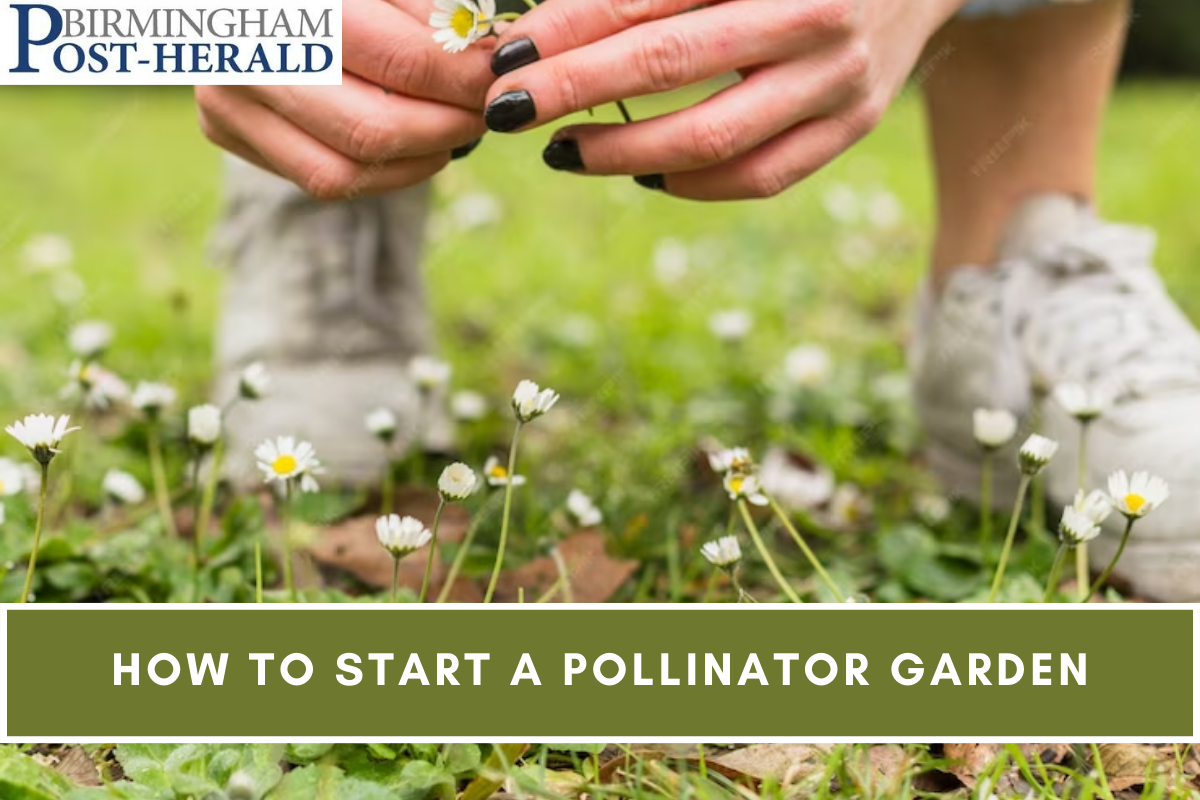How to Start a Pollinator Garden:- You need a pollinator patch in your backyard if you want to increase yield in your garden and assist local pollinator populations at the same time. By following these simple techniques, you can make a great difference in any size garden. The value of pollinators to humanity as a whole, not just to our gardens, cannot be emphasised. A pollinator is necessary for the reproduction of almost 80% of our blooming plants, which includes most of the food humans grow and consume. Many of the activities we enjoy performing in our gardens would not be feasible without them, and our lives would be much harder.
How to Start a Pollinator Garden
The Best Plants For Pollinator Gardens
- Diversity is the most important factor to consider when selecting plants for a pollinator garden. Plants vary in their preferences for pollinator species, ranging from colour to size and shape of the flowers. Instead of just one or two species in your area, growing as many diverse species as you can will support a greater diversity of pollinators.
- Your garden will be more diverse and full of pollinators in the long run if it includes a mix of native blooming plants, butterfly host plants, and popular non-native annuals.
Native Perennials
- The foundation of pollinator gardens are native perennials because they flourish with little care and return year after year. Even novice gardeners will have no problem maintaining these plants—and, consequently, pollinators—once they become acclimated to your climate and soil.
- Starting with native plants is crucial since certain non-native plant species fail to provide the necessary pollination for the local populations of pollinators.

Also see:- How to Plant, Grow, and Care for Stock Flowers
Host Plants
- Though other species, such as butterflies or wasps, are as important in our gardens, bees are typically the first species that spring to mind when we think of pollinators. In particular, you need a few host plants if you want to see more butterflies in your yard.
- Beneficial insects and butterflies need host plants to procreate since these are the only plants that their offspring can consume. Population numbers are impacted because their larval forms cannot live without these host plants. Planting host plants can greatly contribute to the local butterfly population, as many butterfly species are in decline.
- Among the most prevalent host plants, milkweed helps monarch butterfly populations that migrate through our gardens. While parsley and dill are fantastic cooking herbs and swallowtail host plants, don’t forget to leave some of the blossoms on the plant to mature for the benefit of the butterflies during harvesting.
- Painted ladies are one of the most common types of butterflies; they feed on hollyhocks, a common plant in cottage gardens, while gulf fritillaries are held aloft by passion vines, which is why they are sometimes known as passion butterflies.
Non-native Favourites
- Although native plants are important, you should also include some favourite non-native plants that can provide colour and draw pollinators to your backyard. These are perfect for planting among your veggies to increase pollination, offer a pop of colour, and add some diversity to your beds, whether you’re growing them for cut flowers or to keep outside.
Choosing A Location
- Selecting the right spot is essential to success whether you want to create a dedicated pollinator garden or inter plant pollinator-attracting flowers around your beds.
- Choose a spot that gets at least six to eight hours of sunlight per day as most pollinator plants require full sun to flourish. In order to ensure that pollinators visit your food garden as well, which will boost productivity, the plants should be situated quite close to it.
Sowing
- It’s time to plant after you’ve chosen your native species, host plants, and eye-catching annuals.
- Growing it from seed is the simplest method, which can be done in trays or straight in the ground. Different requirements will apply to different species. Make sure you check your planting timings before sowing, since some seeds may require a period of cold to grow, while others prefer warm soil.
- In place of spreading your seeds in trays, you can alternatively combine your seeds and scatter them into the cleared area of your garden. This will give you a more natural look, but stick with trays if you want something a little more structured or if you intend to inter plant.
Final Thoughts
- There aren’t many reasons not to build a pollinator garden when you take into account the advantages for the environment and your garden. For local pollinators, even a little patch can have a significant impact.
If you Like this Article How to Start a Pollinator Garden Please Share With Your Friends And Family Members.
